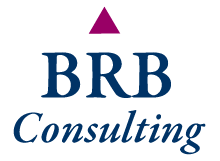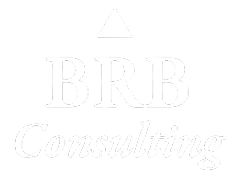So the process has begun and the team is ready to tackle an issue. With the problem identified, now creating solutions can begin.
After finding that one thing, even if it is small, to change; let the group brainstorm and discover 2 or 3 ways it could look different. Using the team to develop the tactics to address the problem allows broad perspectives and can help find novel ways to approach a common issue. The team should pick a combined and agreed upon approach, and get everyone on board to fix the issue. Next establish the plan of action and the time table to make at least one of the steps for change.
Don’t forget to select your change agent, pick someone who is committed to making this happen. In many ways, they are the champion and can help cheer folks on!
Then as the Nike ads say…Just Do IT!
Do the thing to make the change! Once that process is underway, the actions need to be reviewed. Yes, it is very important to step back and look at what is happening.
Many organizations use PDCA– Plan, Do, Check, Act, which is a simplified pathway to make sure that the changes made lead to the results desired.
The team should evaluate to see if the change worked, if it did- then offer everyone a hearty congratulations! And maybe keep working to make that process even better. But, if the change didn’t work to get the desired results… well then – it’s back to the drawing board and PDCA starts all over again.
BRB Consulting hopes these ideas can help your team manage change as a natural part of the cycle of work. As each team member gains understanding and begins to incorporate the process knowledge from each project, change just might get a little easier.
If you’re still not sure on how to get started on a change or if your plans are not working- BRB Consulting is here to help. Contact us today and let us be your change agent.
We look forward to hearing from you soon!


